

In Wuyi Mountain, you can climb mountains, taste tea, enjoy the scenery, and relax yourself. It is a very pleasant slow life. If you are tired of the hustle and bustle of the city, you can come here to enjoy the tranquility of the mountains. Wuyi Mountain is a world natural and cultural heritage (only four in China)
——Wuyi Mountain, a place you don’t want to leave once you’re here
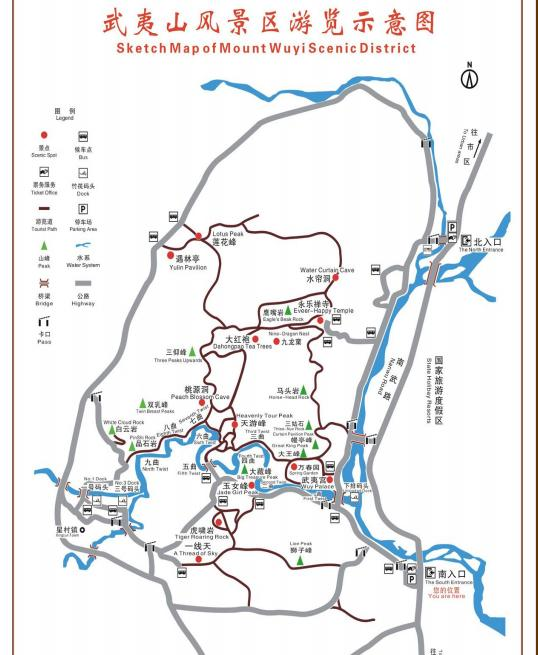

Jiuqu Slow Tour on the shore: Xingcun Pier-Daoyuanzhou-Gulou Hangkou-Taoyuan Cave-Yunwo-Wuyi Jingshe-Tianyou Peak stop (the whole journey is 4 kilometers)
The Wizard of Oz Slow Tour: Yunv Peak Station-Huxiao Rock-Lanfeng Stone Line of Sky (the whole journey is 3.1 kilometers)
Yangu Flower Fragrance Slow Tour: Shuiliandong-Tianchejia-Huiyuan-Liuxiang Stream-Dahongpao Station (the whole journey is 2.8 kilometers)
Located at the entrance of Dahongpao Scenic Area, there is a winding mountain road and steps next to it. It takes about 15 to 20 minutes to walk up the steps to (if you only come to the Zen Temple, you do not need to buy tickets)
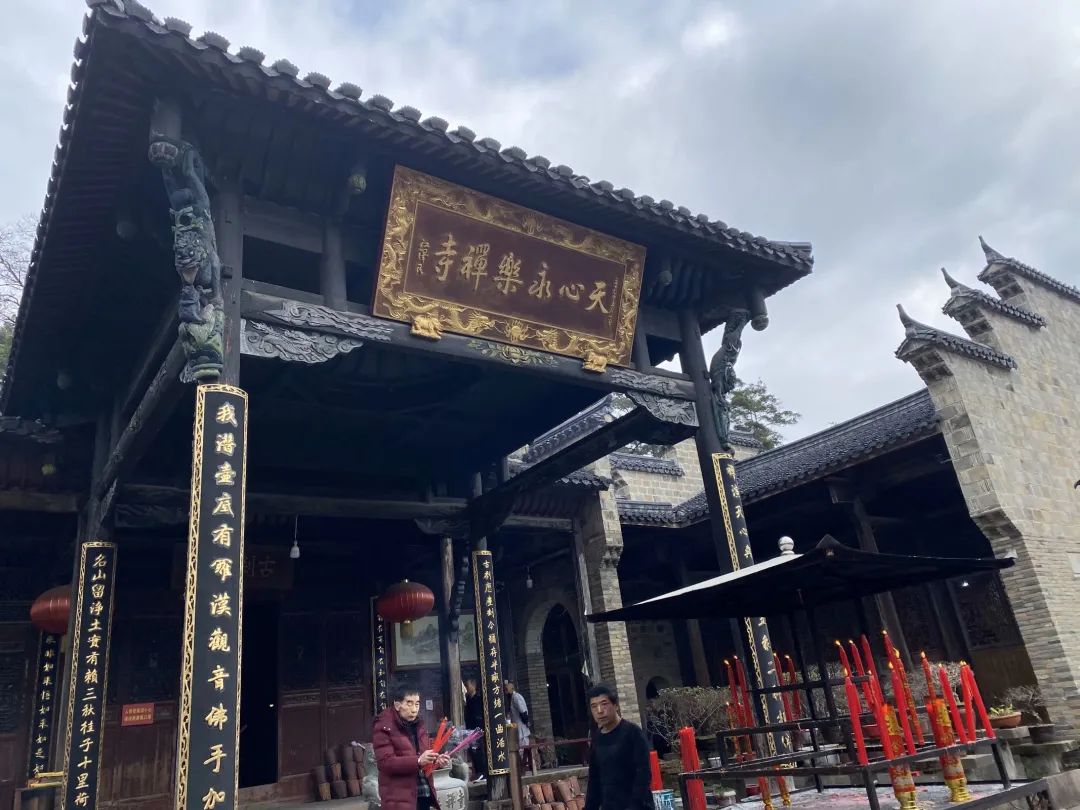
Tianxin Yongle Zen Temple is not a tourist attraction. It is the largest Zen temple in the Wuyi Mountain Scenic Area. It is a famous Buddhist temple hidden deep in the Wuyi Mountain. When it was first built, it was called Shanxin Yongle Nunnery. "Mountain Heart" refers to its geographical location. The famous temple is located in the center of the 120-mile scenic area of Wuyi Mountain, hence its name.
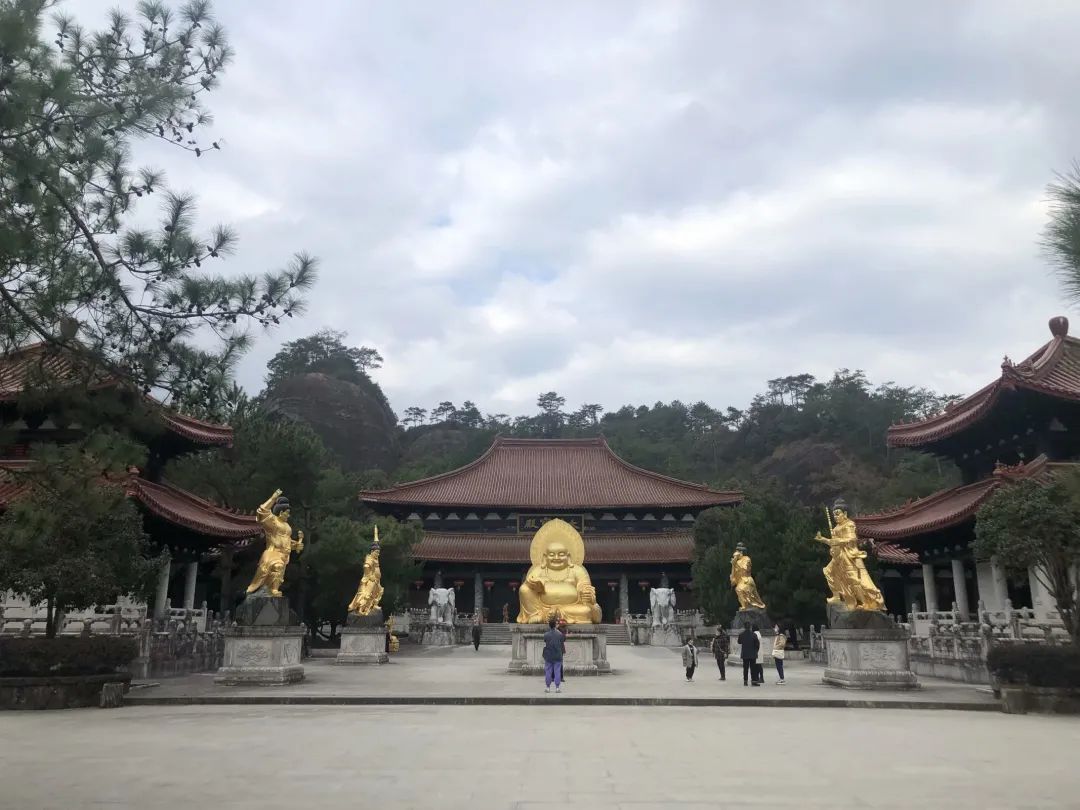
The architecture of the famous temple was glorious during the Ming and Qing Dynasties. At that time, there were Maitreya Hall, Tianwang Hall, Mahavira Hall, Guanyin Hall, Dharma Hall, Storehouse, Zhaitang, Zen Hall, Guest Hall, Pilgrim Building, etc. on the central axis of the temple, and buildings on both sides. There are three-story bell tower, drum tower and side hall. The large structures have flying eaves and curved railings, which are majestic and majestic; the small carvings are ingenious and exquisite. The main hall is a mountain-style building with double eaves, which enhances the sense of solemnity in the Buddhist world. This grand, pure and solemn temple
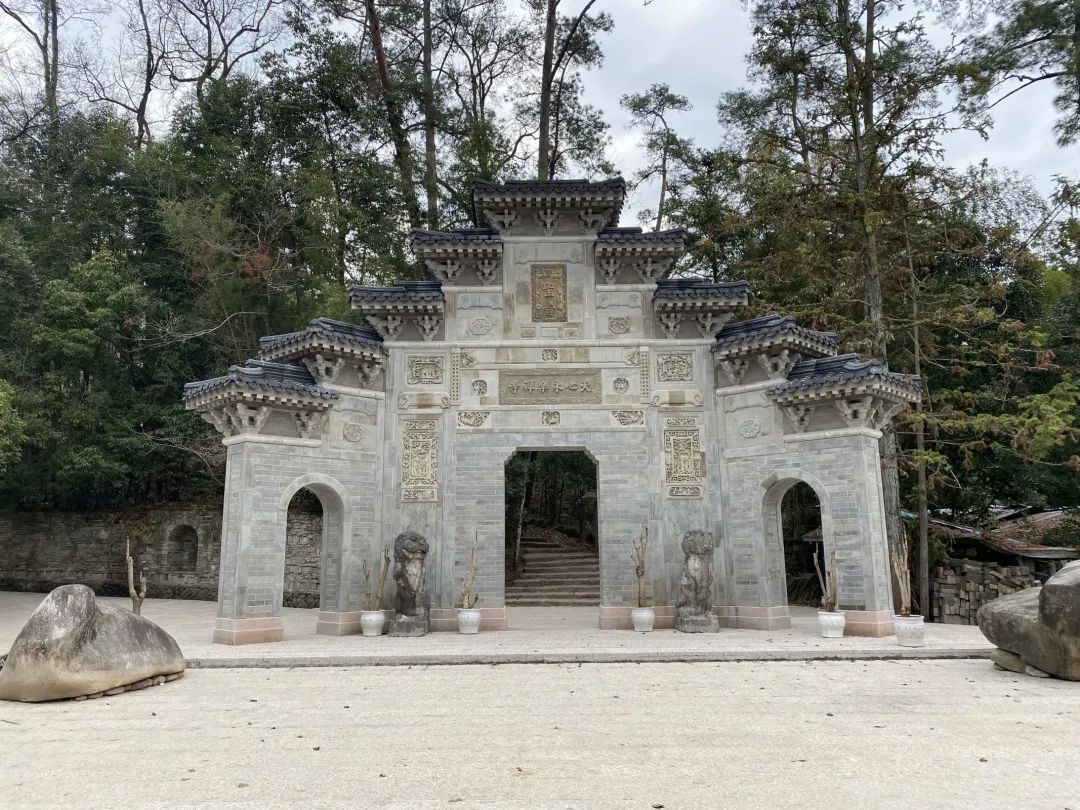
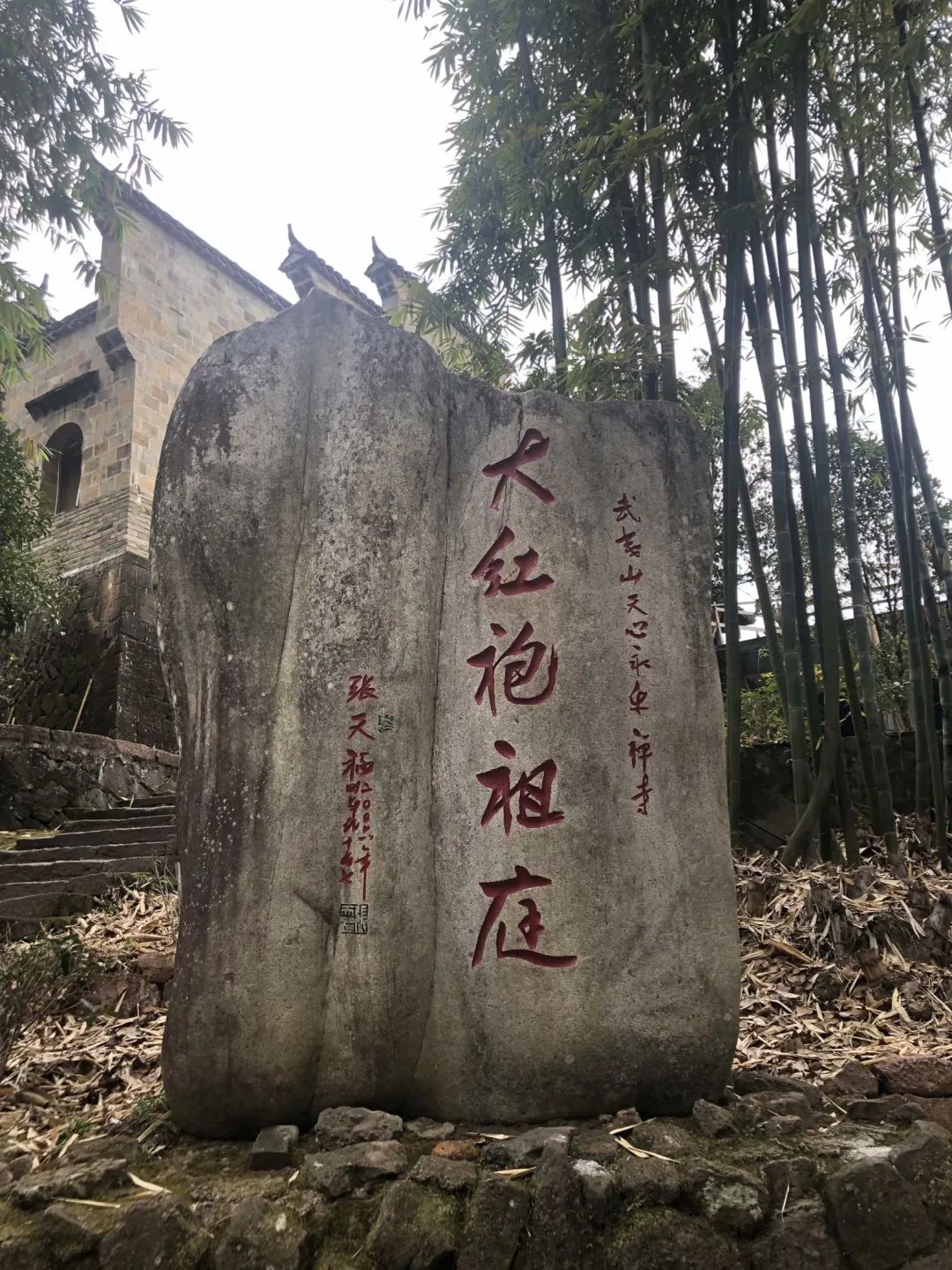
This is also the famous core rock tea production area , the ancestral court of Dahongpao. Bypassing Tianxin Temple and walking down is the famous "beef" production area Niulankeng, as well as the water pit.

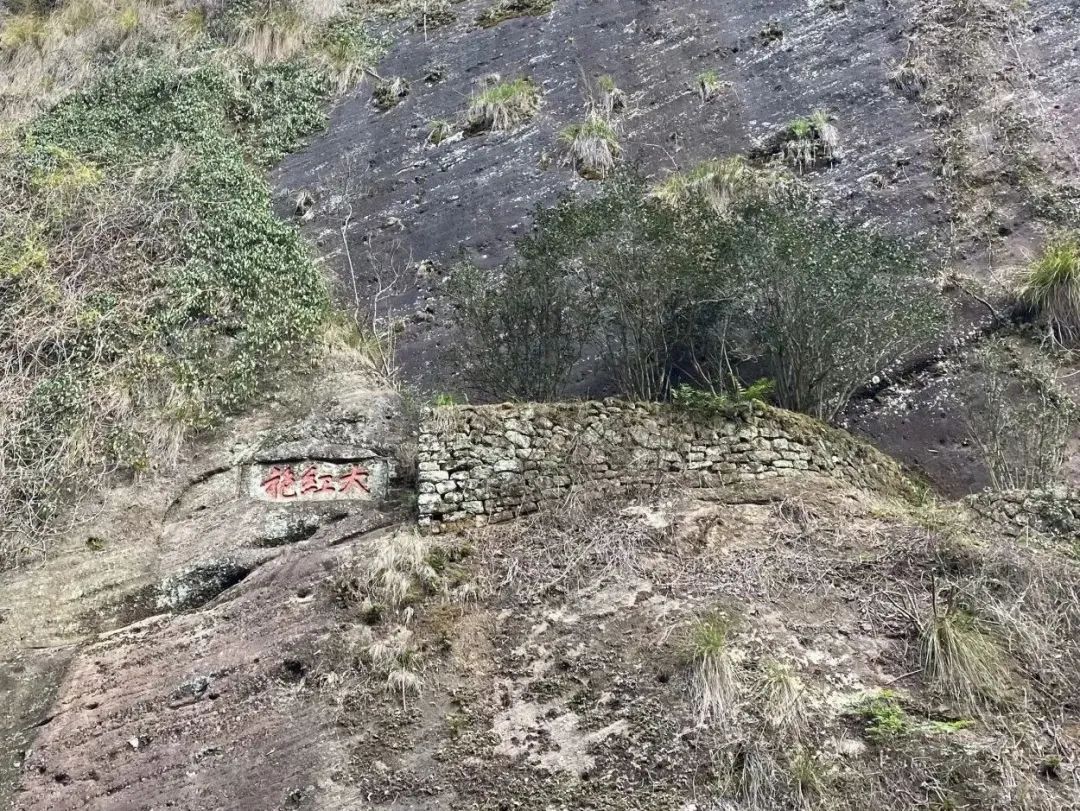
The most famous tree in Wuyi Mountain is the mother tree Dahongpao, known as the "King of Tea". It grows on a steep rock wall in Jiulong Nest.
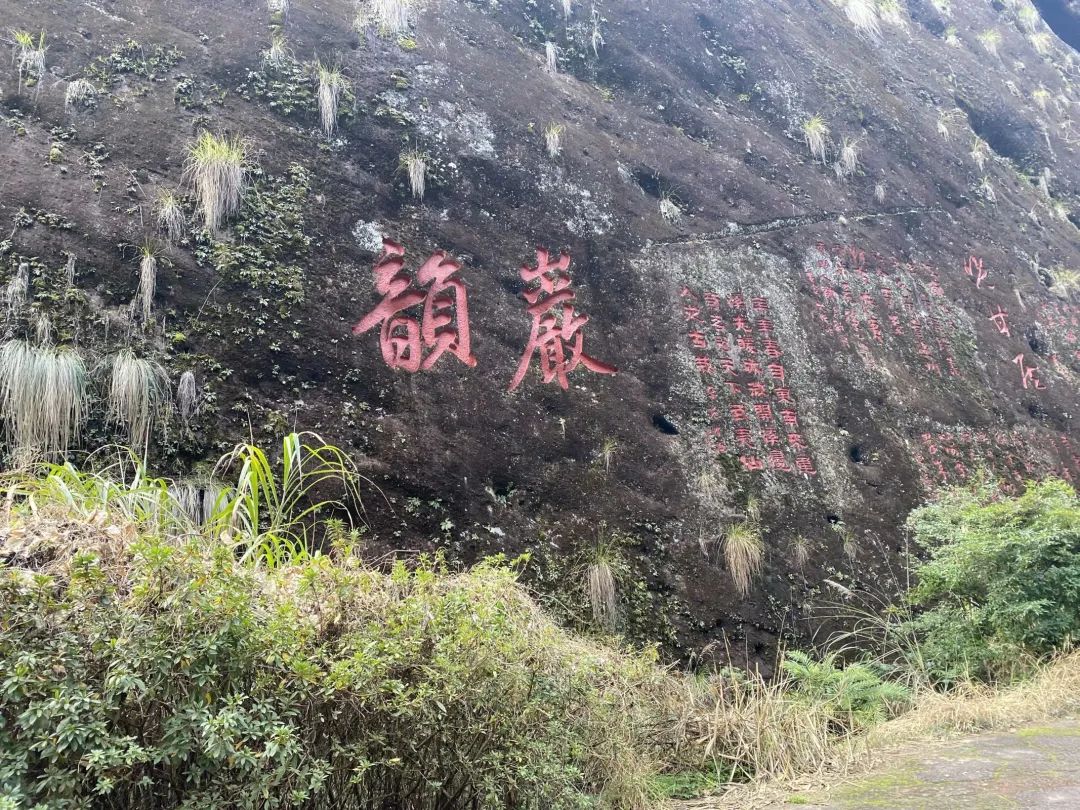
The origin of "Dahongpao"
There is also a touching legend about the origin of "Dahongpao". It is said that a monk from Tianxin Temple cured an imperial official's disease with tea made from tea tree buds and leaves on the rock wall of Jiulong Nest. The red robe they wore covered the tea trees to show their gratitude. The red robes dyed the tea trees red, hence the name "Dahongpao" tea. Everyone can’t help but salivate over “Dahongpao” in Wuyi Mountain. “Dahongpao” has become the king of teas with its excellent quality and extremely rare output.
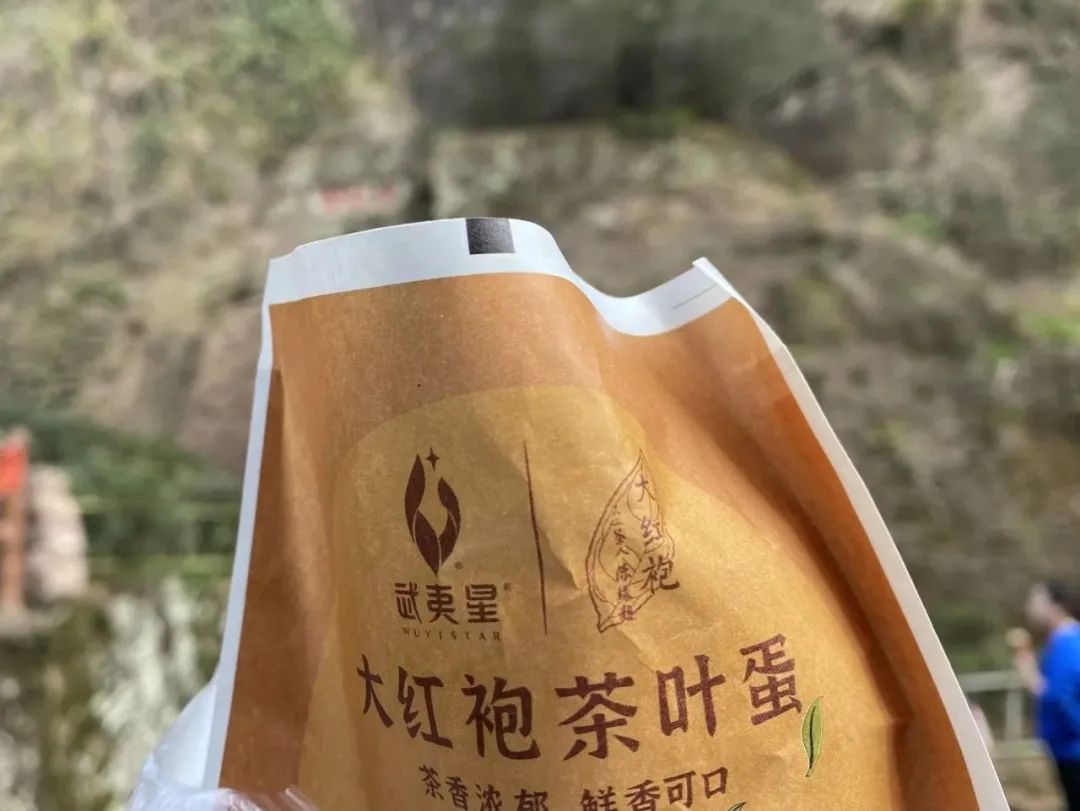
When arriving at Dahongpao, highly recommend don’t be too expensive to buy a Dahongpao tea egg (five yuan each). These ingredients are hand-carried in by hand.

Liuxiangjian
Key points: After visiting Dahongpao, do not go out from the entrance. Go to the road next to it. This is the most essential route in the northern scenic area. It will pass Liuxiang Stream, Feilaifeng, Yingzui Rock, Huiyuan, and Tianchejia. , and finally arrived at Shuiliandong
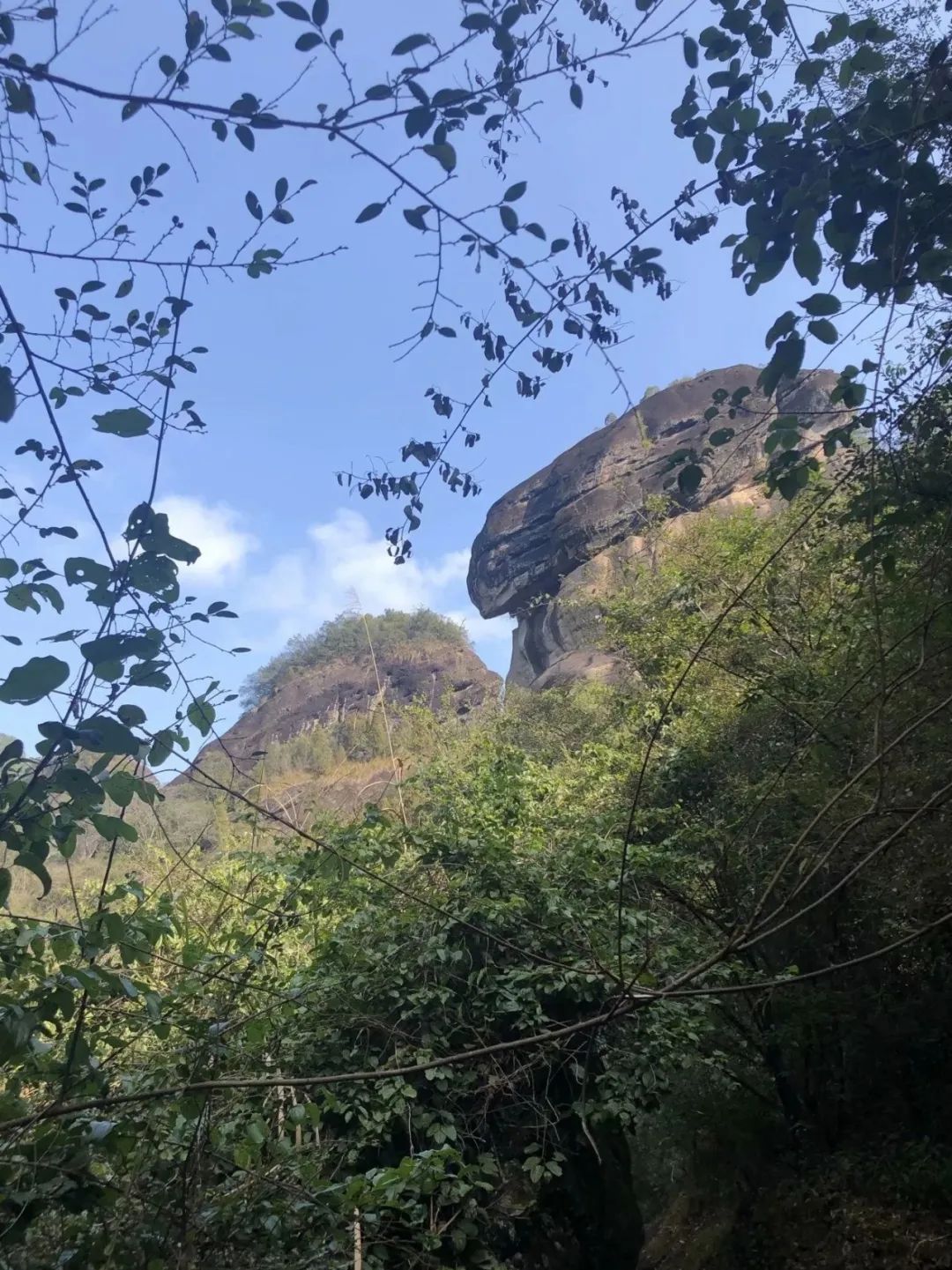
Feilaifeng
Located in the middle section of the Yanguhuaxiang Walking Trail in Wuyi Mountain Scenic Area
Looking up, on the top of a dark mountain, stands a huge rock leaning forward, like a farmer wearing a hat, hence the name Lipanyan. It is said that this huge rock flew from afar, so the peak is named "Lipanyan". Feilai Peak
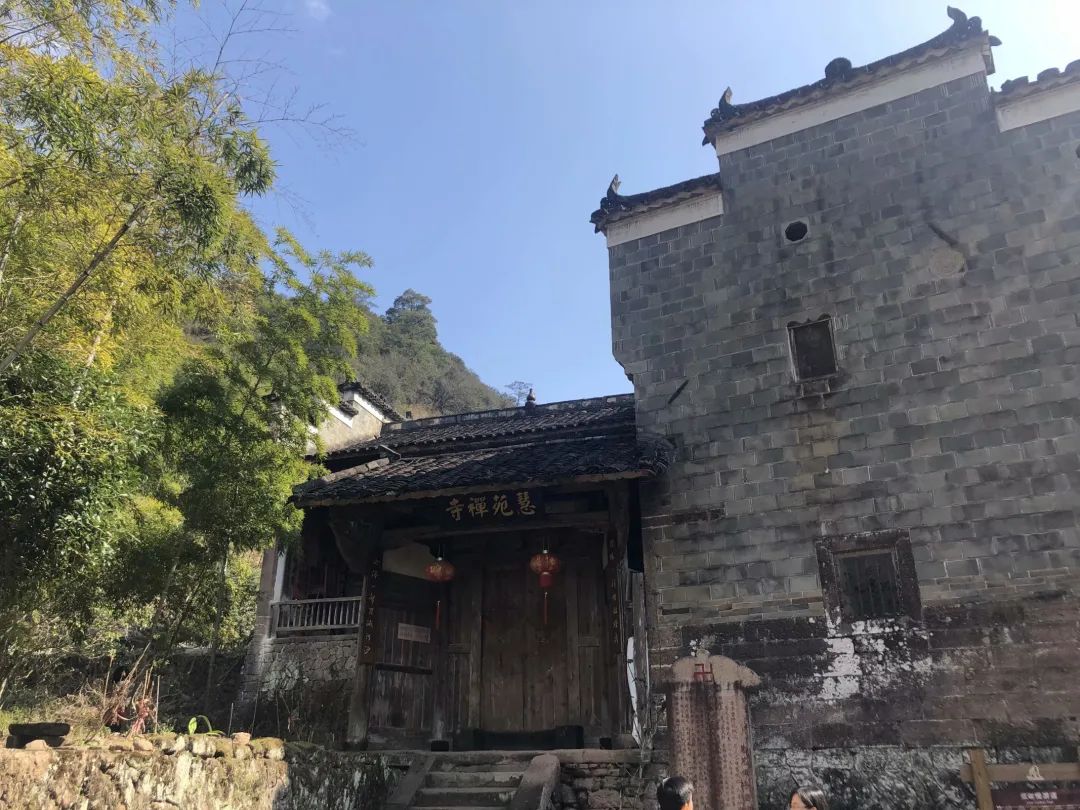
Centered on Huiyuan Temple, the surrounding valley is Huiyuan Keng, which occupies a very important position in the core rock tea production area of Wuyi Mountain and is the largest mountain farm in the region among the three pits and two streams. , surrounded by mountains and rocks, with short sunshine and thick fog. Summer is short, autumn is long, winter is short, winter is warm and humid, spring comes early, and there are few frosts. The tea tree buds and leaves in Huiyuankeng can achieve good restorative growth in autumn and winter.
Among the three pits, it should be said that the environment of Huiyuan pit is the best. The mountains and rocks are scattered high and low, and the stream in the pit is permeable! The unique flavor of cinnamon in Huiyuan pit is not found in beef and horse meat. It is restrained and unobtrusive, and the aftertaste is good. With a mellow taste! The most special thing is that every time you make tea, there is a cool mountain atmosphere!
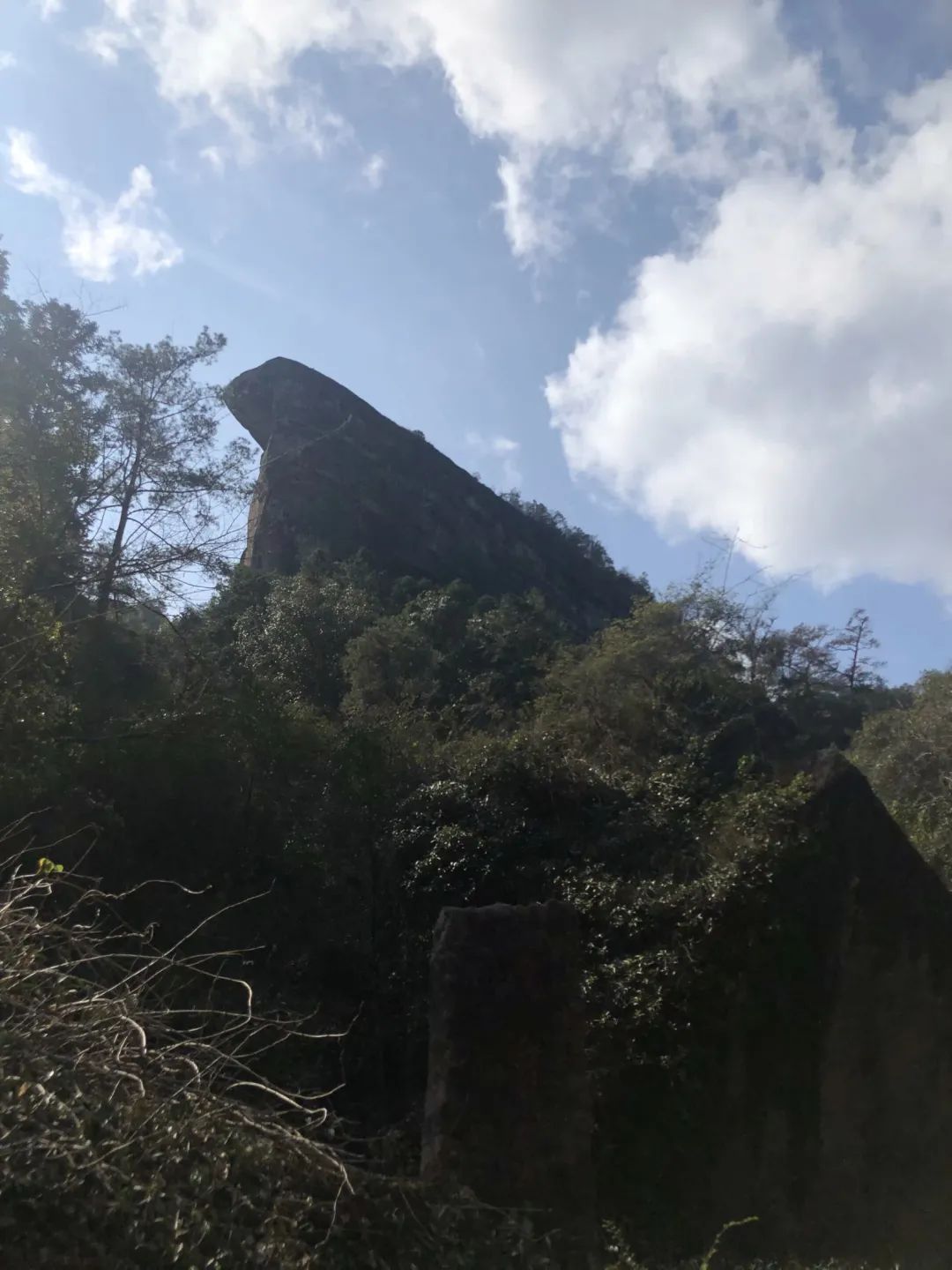
From the name of the scenic spot Yingzui Rock, you can tell that it is a pictographic scenic spot. Yingzui Rock is a huge rock that is integrated into one body, with a bare rock top, and the east end protrudes forward and is pointed. Like a beak, it is like an eagle spreading its wings to fly and fight in the sky. In particular, an ancient juniper grows on the hook-shaped "Eagle's Beak", which adds charm and elegance to the Eagle's Beak Rock, which is amazing. In fact, when you really walk in, you won't find that it looks like an eagle's mouth. I personally feel that it will look more like it when you watch it from a distance. Especially if you want to take a photo with Yingzui Rock, the location of the stone monument is definitely not the best. It is also known as the most peculiar rock peak in Wuyi Mountain. It’s also nice to go hiking when you have time and see Yingzuo Rock.
Although this attraction is a check-in attraction, the scenery along the way is very beautiful, and the long trail feels like walking on a wilderness road. (the best part)
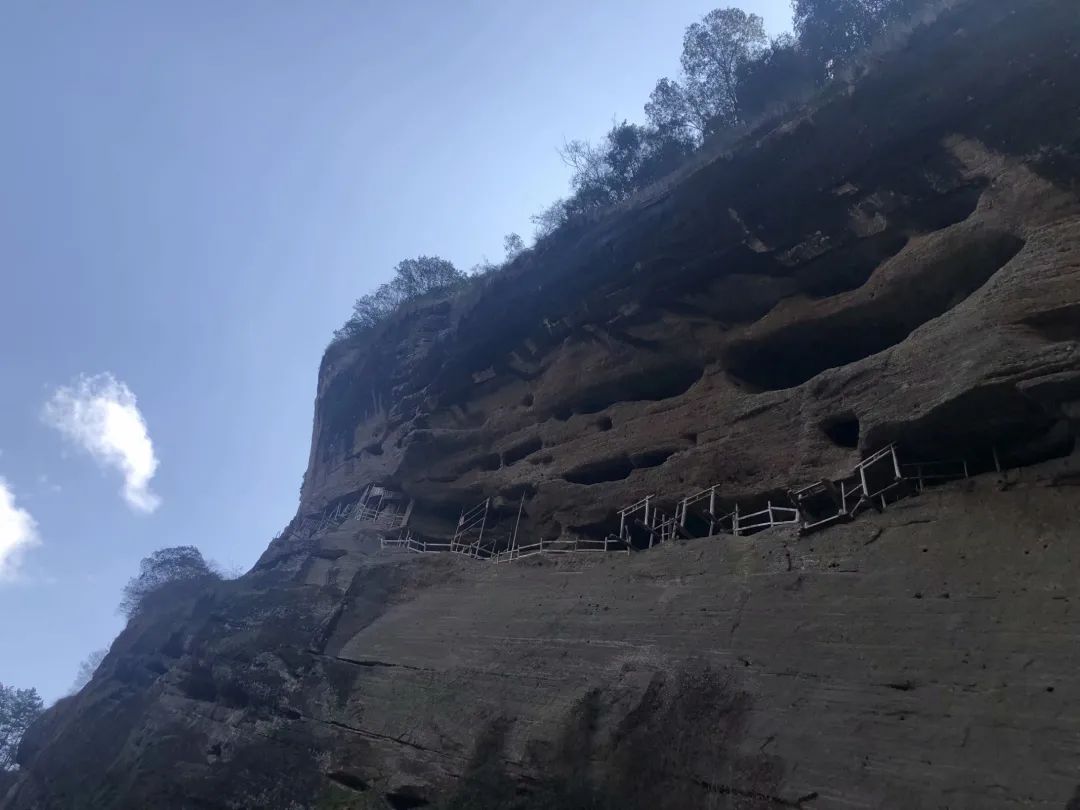
Wuyi Ancient Cliff Dwelling Ruins Sky Crane Frame
After appreciating the magnificent landscape, we discovered an amazing ancient cliff dwelling site on a huge rock cliff. The locals called it: Wuyi Ancient Cliff Dwelling , also known as: Crown frame . There are many theories about ancient cliff dwellings. It is said that mountain people lived here in caves as early as the Song Dynasty. However, a more reliable theory is that in the late Qing Dynasty, the local rich man moved his family to live in the cliff cave to avoid the invasion of bandits and robbers.


Shuiliandong Scenic Area is located in the north of Wuyi Mountain, covering an area of approximately 17 square kilometers. It is the largest scenic area in Wuyi Mountain. The Shuilian Cave is about 100 meters high and wide. There are two clear springs in front of the cave, which pour down from the top of the rock more than 100 meters high and merge into an abyss. The water in the abyss is so deep and green that there seems to be a dragon in the middle, so it is called Shenlong Pool. Inscribed on the cliff inside the cave are "It rains all day long in the clear window of today and in ancient times, and there is a curtain of beads in the spring and autumn flowers and the moon." The water curtain of the Water Curtain Cave is about one foot and two feet wide at its widest.

Because there are two flying springs rushing down from the top of Ruiquan Rock Peak, blowing in the wind like a brilliant water curtain, so later generations renamed it Shuilian Cave. The cave is the largest cave in the Wuyi Mountain Scenic Area, with a height and width of more than 100 meters. The roof of the cave protrudes slantingly, like a flying eaves, covering half of the sky. In front of the cave gate, there is a clear spring with two sides and three strands flowing all year round, flying down from the top of the rock more than 100 meters high. Wherever the breeze passes, the water droplets sway and merge. Flowing in the wind, it looks like a goddess scattering flowers, or like two hanging bead curtains. Everyone looked through the curtain to see the tea garden, bamboo clumps and village houses outside the cave. They were all misty. Did they look like an elegant landscape painting?
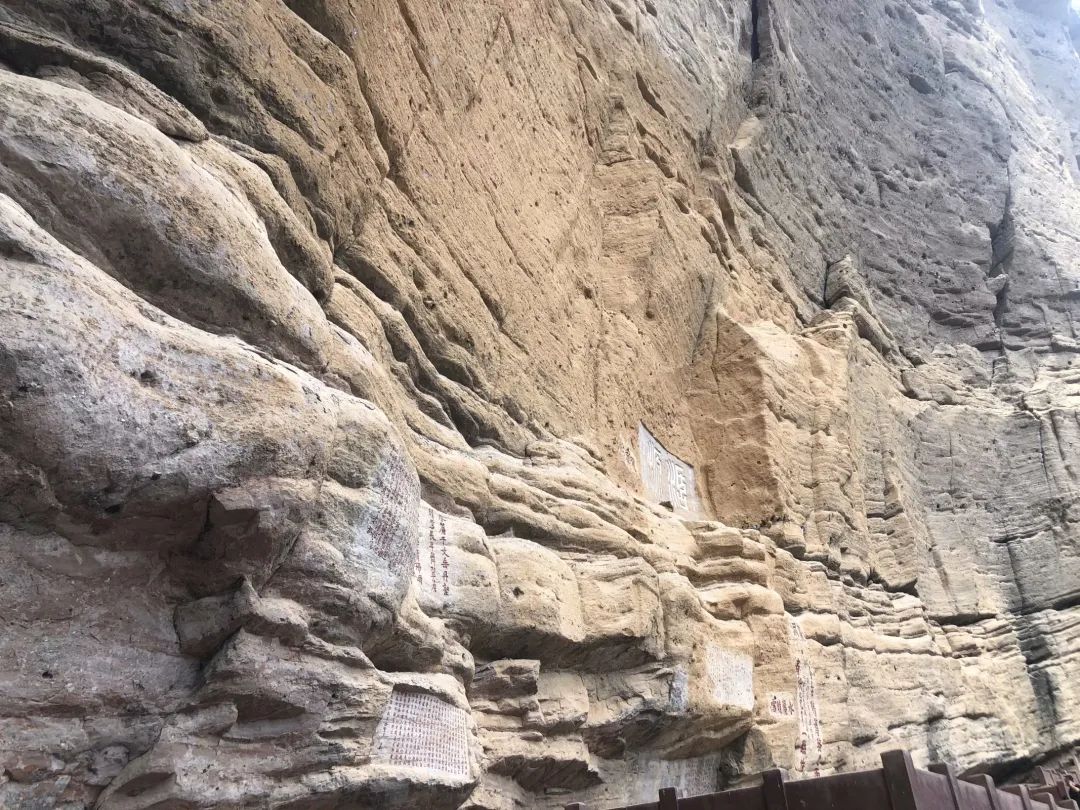
Shuiliandong may not be like the 3,000-foot waterfall you imagine. Shuiliandong means Water Curtain Cave. According to legend, there are thirty-six caves and seventy-two blessed places in the world. Shuiliandong is one of them. There is the Taoyuan Cave. Many tourists who don’t have a tour guide say it’s too boring. It’s called the Water Curtain Cave even if there’s no water. Some tour guides will explain to them (knowledge points)
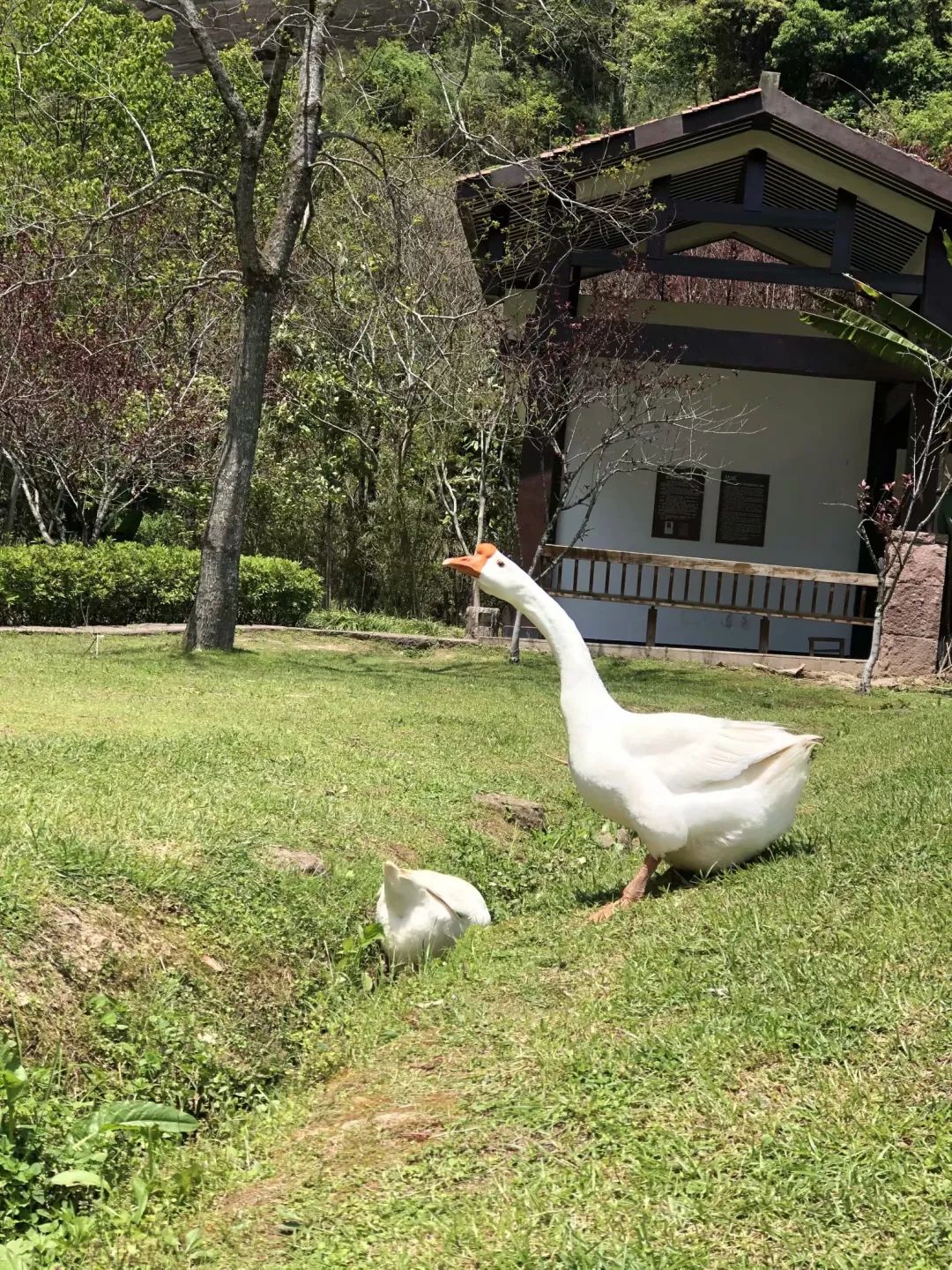
Finally, bring a big white goose, the symbol animal of Shuiliandong
